How to layer multiple effects with reverb
Get creative with by mixing multiple effects with your reverb and bouncing the results
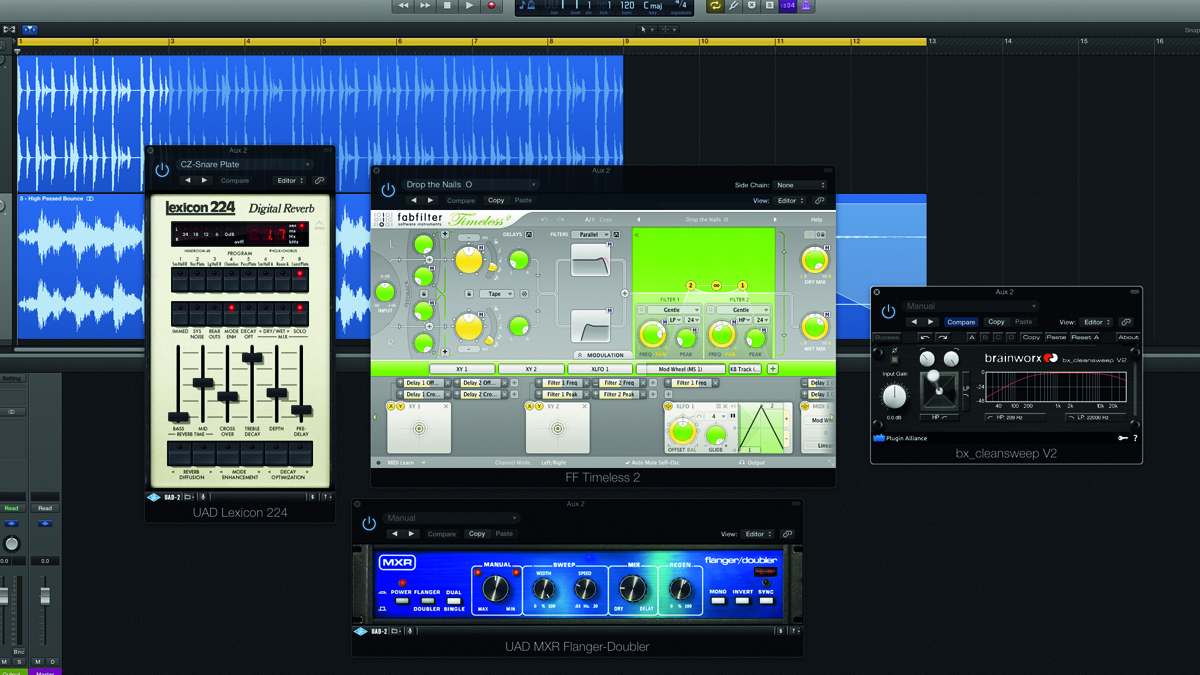
When it comes to using reverb creatively, the key is to utilise it in ways it may not originally have been designed for.
Although reverb has made a huge impact in modern music production, it was really the advent of digital editing that allowed engineers to truly utilise reverb as a fully-fledged sound design tool. Pure reverb can be extracted from a mix, treated and layered with other sounds to create ethereal textures.
Here we are going to place multiple effects to our reverb signal, then bounce down the results for further treatment in the mix.
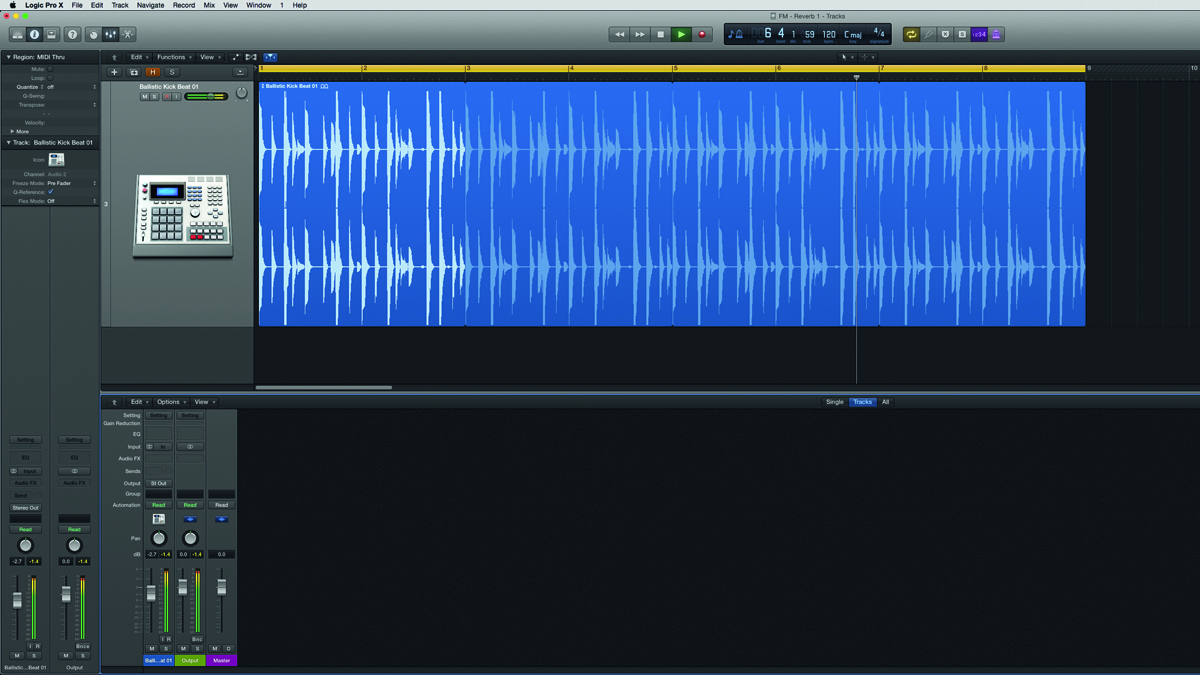
Step 1: If you are planning to process a reverb return with several effects you might want to consider using a very dry percussive sound. Here a clean drum loop is used with a nice simple groove. The extra space will help us to retain a clear mix, even after processing.
Untreated drums
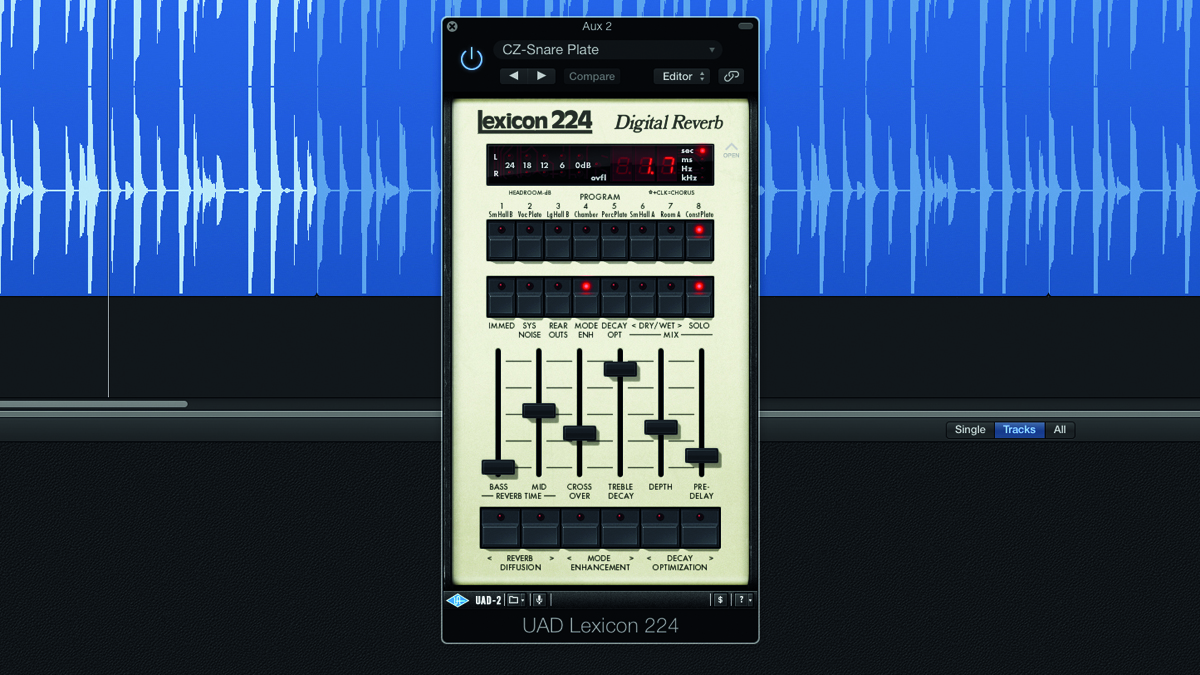
Step 2: Here we start off with a heavy plate reverb; it has a gated quality and a short decay time. This was selected to bring out the transients of the drum loop but also to be combined with further spatial effects.
Big drum plate reverb
Get the MusicRadar Newsletter
Want all the hottest music and gear news, reviews, deals, features and more, direct to your inbox? Sign up here.
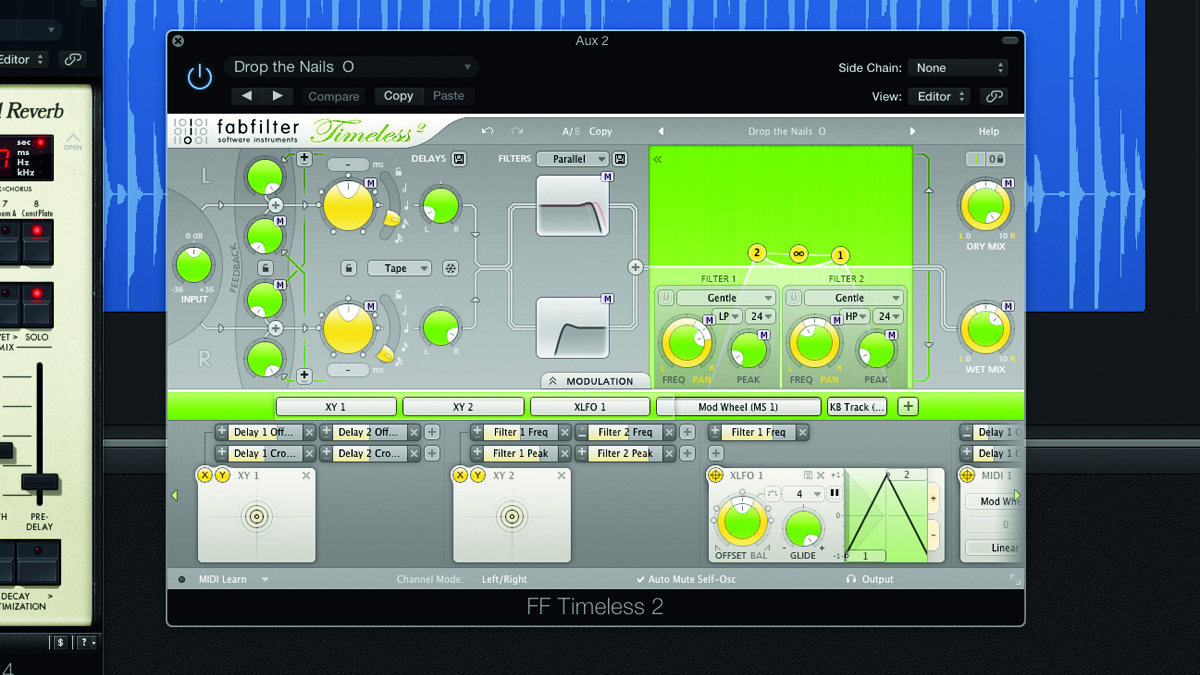
Step 3: To open up the reverb effect, delay can be used. Often the best delay effects are those that employ some form of modulation. In this case a filter is modulated by an LFO and is treated with the entire stereo delay effect.
Reverb and mod delay
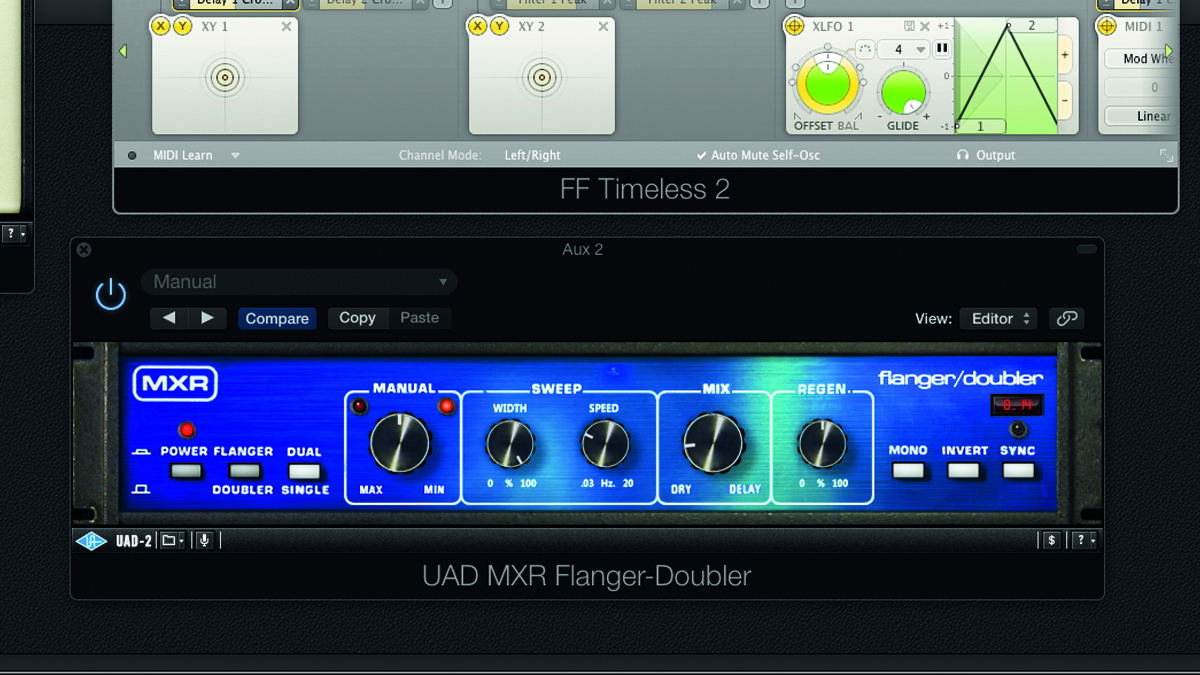
Step 4: Now we have opened up the short plate reverb with delay we can add even more dynamic movement by using modulation effects. Phasers are perfect for this and using high feedback settings, coupled with a slow modulation rate, a psychedelic edge is imparted which tends to work well with most genres.
Added phaser
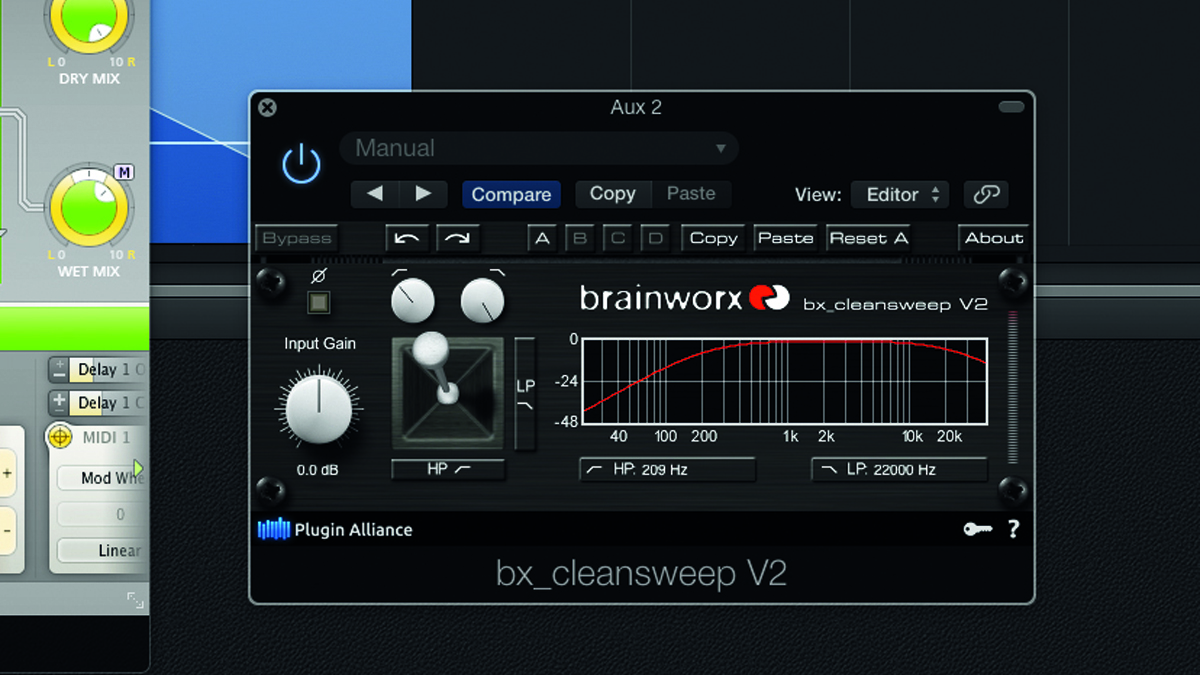
Step 5: High-pass filtering is one of the most valuable tools for cleaning up low-end mud and it works especially well when combining multiple effects in this way. Here a filter is dialled in at around 250Hz and the result is then exported 100% wet.
High-passed bounce 100% wet
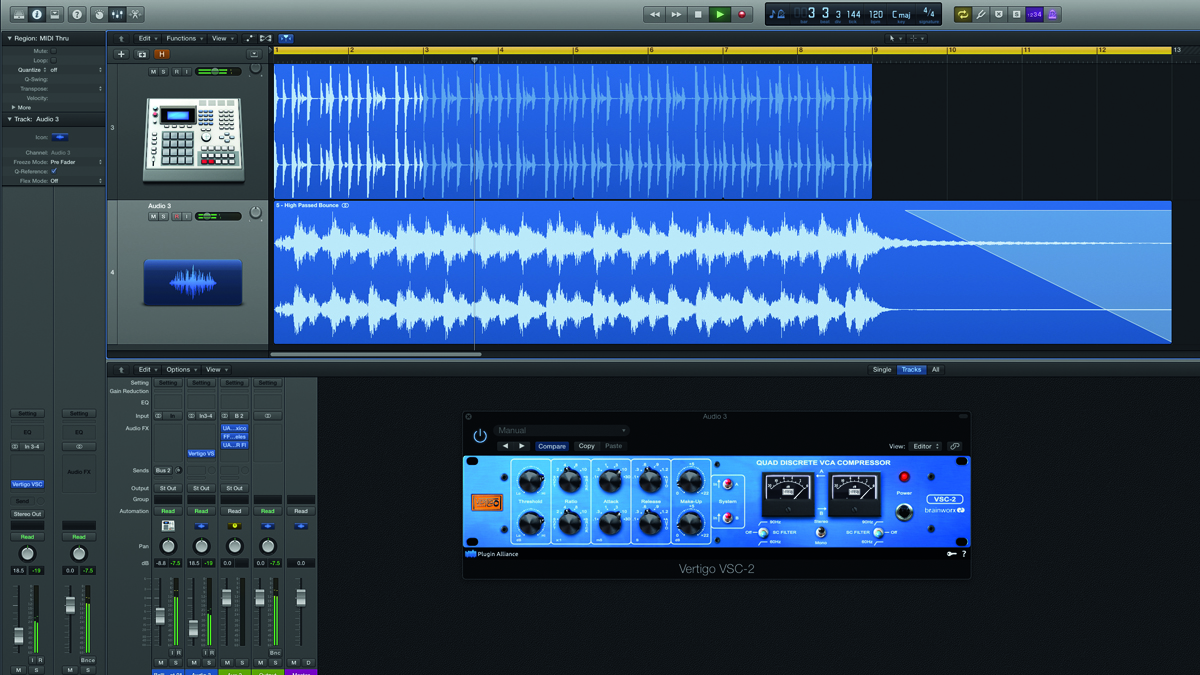
Step 6: The wet export is now mixed with the original dry loop. A compressor is placed on the new audio to ensure that there are no wayward transients popping out of the mix. This will make the whole thing more uniform and therefore much easier to mix.
Mixed And compressed
Future Music is the number one magazine for today's producers. Packed with technique and technology we'll help you make great new music. All-access artist interviews, in-depth gear reviews, essential production tutorials and much more. Every marvellous monthly edition features reliable reviews of the latest and greatest hardware and software technology and techniques, unparalleled advice, in-depth interviews, sensational free samples and so much more to improve the experience and outcome of your music-making.










